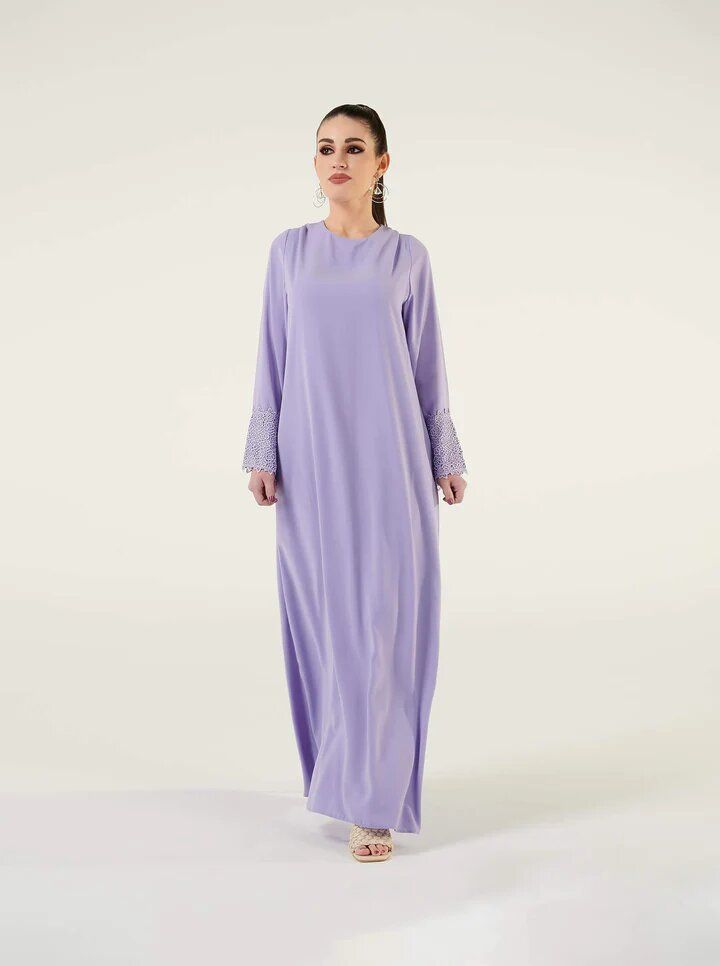
How Can I Protect My Modest Clothing From Bugs and Insects?
Introduction
Long-sleeved modest dresses are beloved for their beauty and versatility, but they are also prone to damage from bugs and insects. Bugs, in particular, can wreak havoc on your beloved wardrobe pieces, leaving behind holes and irreparable damage. However, there are effective ways to protect your clothing from these pesky intruders and ensure it stays in pristine condition for years to come.

Understanding insects and pest infestations
Bugs and bugs are small animals that are attracted to natural fabrics such as cotton, wool, silk, and cashmere. They lay eggs on these fabrics and when the eggs hatch, the larvae feed on the fibers causing damage. Early recognition of signs of infection is critical to take appropriate action.
RISKS AND DAMAGES
Insect and insect infestations can cause costly damage to your clothing collection. The holes and slits left behind by these insects are not only unsightly but can make your favorite long-sleeved casual dress unwearable.
Identification of insects and pests
Before implementing preventive measures, it is important to accurately identify pests and diseases. Insects are often mistaken for butterflies because of their similar appearance. They are usually nocturnal and are attracted to light.
Preventive measures
Prevention is the key to protecting your casual long-sleeve clothing from insect and pest damage. Follow the steps below to prevent these pests.
Proper storage techniques
Store your clothing in a clean, dry, and ventilated place. Use a breathable cloth bag or cotton cover to protect against dust and possible infection.
Natural repellent
Natural repellants like lavender, rosemary, and peppermint are great alternatives to chemical-laden mothballs. Bags or cotton balls soaked in essential oils can be placed between your clothes to repel insects.
Cedarwood accessories
Cedar wood is a natural insect repellent. Using cedar hangers or blocks in your closet can help keep pests at bay.
Frequent cleaning and inspection
Clean your clothes regularly to make sure they are free of food stains and body oils that can attract bugs. Additionally, inspect your closet periodically for any signs of infestation.
Safe cleaning practices
It is important to clean your clothes properly to prevent insect damage.
Wash your hands
For delicate fabrics, hand wash them with mild soap and lukewarm water. Avoid harsh chemicals that can damage the fabric.
dry cleaning
For clothing made of wool or other delicate materials, professional dry cleaning is the safest option.
Stain Removal Tips
Tackle stains quickly using gentle stain removers that won't damage the fabric.
Home remedies for insect infestation
If you find bugs in your closet, these home remedies can help eliminate the infestation.
Lavender sachets
Make lavender bags using dried lavender flowers and keep them close to your clothing.
Citrus peels
Citrus peels, especially from oranges and lemons, can repel worms. For added protection, scatter peels in your closet.
Cloves and cinnamon
Make a mixture of cloves and cinnamon and keep it in small muslin bags to repel insects.
Mothballs: Pros and Cons
Mothballs have been a traditional treatment for insect infestations, but they both come with advantages and disadvantages.
How do mothballs work?
Insect hairs contain chemicals that vaporize and kill insects and larvae. They create a toxic environment for insects.
Protection of clothing during storage
Proper storage is very important to protect your long sleeve modest clothing from bugs and insects.
Use acid-free tissue paper
Place acid-free tissue paper between the folds to prevent creases and absorb moisture.
Avoid plastic bags.
Avoid storing your clothing in plastic bags, as they can trap moisture and promote mold.
Result
Protecting your long sleeve casual wear from bugs and insects is essential to maintain their beauty and longevity. By taking precautions and using natural remedies, you can protect your wardrobe from these destructive insects.
Appreciate the creator